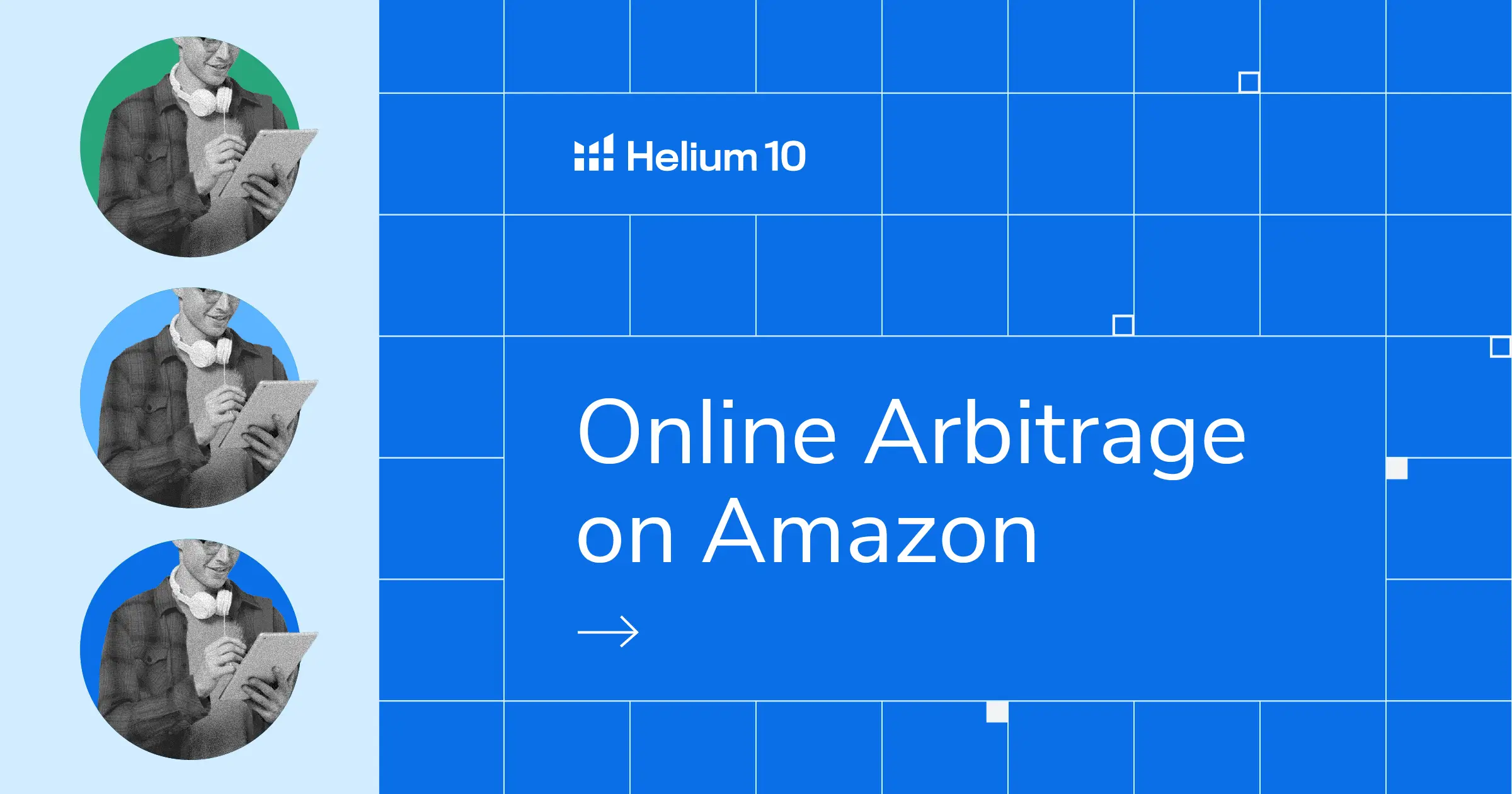
Online Arbitrage on Amazon: Everything You Need to Know


Table of Contents
- Introduction
- What Is Online Arbitrage?
- How Does Online Arbitrage Work?
- What Is the Difference Between Retail Arbitrage and Online Arbitrage?
- The Benefits of Online Arbitrage
- The Challenges With Online Arbitrage
- Is Amazon Online Arbitrage Profitable?
- How to Start Doing Online Arbitrage on Amazon
- 1. Find products from other online marketplaces that you can source at a discount
- Compare Product Prices on Retail Sites Versus Amazon
- Check the Product’s Sales Velocity on Amazon
- Calculate your potential sales based on the competitors already on the listing
- Purchase the products from the online store and send the inventory to Amazon
- Monitor Your Listings and Adjust Your Strategy As Needed
- Conclusion
Introduction
Dive into the world of online arbitrage, a dynamic retail arbitrage reselling strategy that has gained immense popularity in the e-commerce landscape. For entrepreneurs and sellers looking to harness the vast potential of Amazon’s marketplace, this comprehensive guide provides a deep dive into the ins and outs of online arbitrage, offering valuable insights, strategies, and key considerations to navigate this profitable yet competitive terrain. Whether you’re a newcomer exploring the possibilities, or a seasoned seller seeking to refine your approach, this guide equips you with the knowledge to make informed decisions and maximize your success in the realm of online arbitrage on Amazon.
What Is Online Arbitrage?
Online arbitrage is a form of selling on Amazon that capitalizes on price disparities between different online marketplaces, and it’s a thriving method for many Amazon sellers. At its core, online arbitrage on Amazon works by sourcing products from one online platform or retailer, often at a lower price, and then reselling those products at a higher price on Amazon. This profit-seeking approach leverages the vast reach and customer base of Amazon to maximize sales.
Those who run an online arbitrage Amazon business many times are competing with multiple other sellers for the “buy box,” or the featured offer on an Amazon listing.
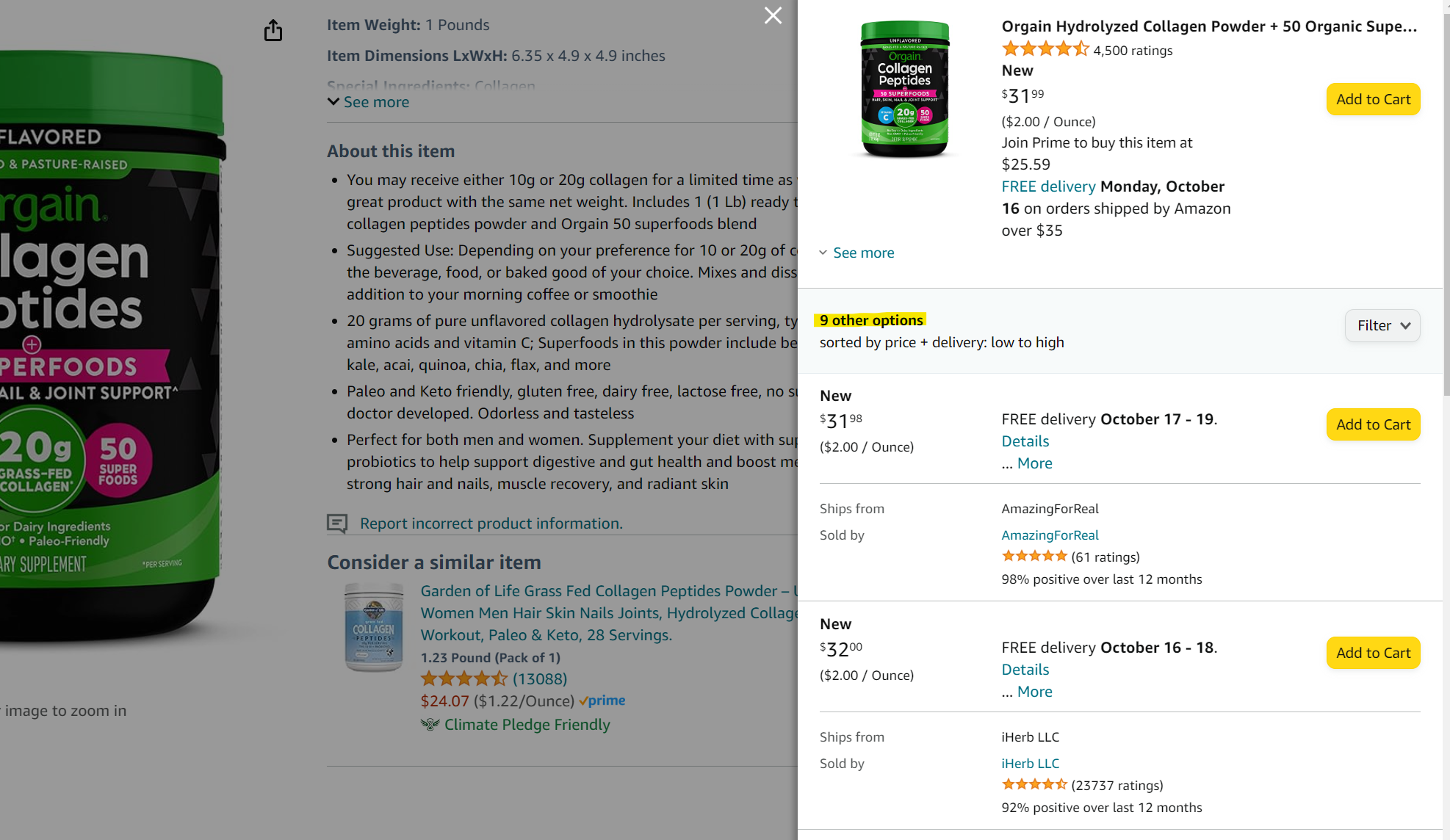
Online arbitrage is different than drop shipping because in drop shipping, the website or company you buy the product from also ships the product directly to the customer. In online arbitrage, you are purchasing the product yourself, having it shipped to you, then you would either send it to Amazon, or ship it to customers yourself.
How Does Online Arbitrage Work?
The process begins with product research and sourcing. Sellers scour various online marketplaces, e-commerce websites, and even retail stores for products that are priced lower than what they can fetch on Amazon. These products may be clearance items, overstocked goods, or simply items priced lower due to temporary promotions.
Online arbitrage sellers, after finding a potential product, need to validate it by checking the profitability of it after Amazon fees and fulfillment. An easy way to do this is with the free Helium 10 Chrome Extension tool which includes the Profitability Calculator.
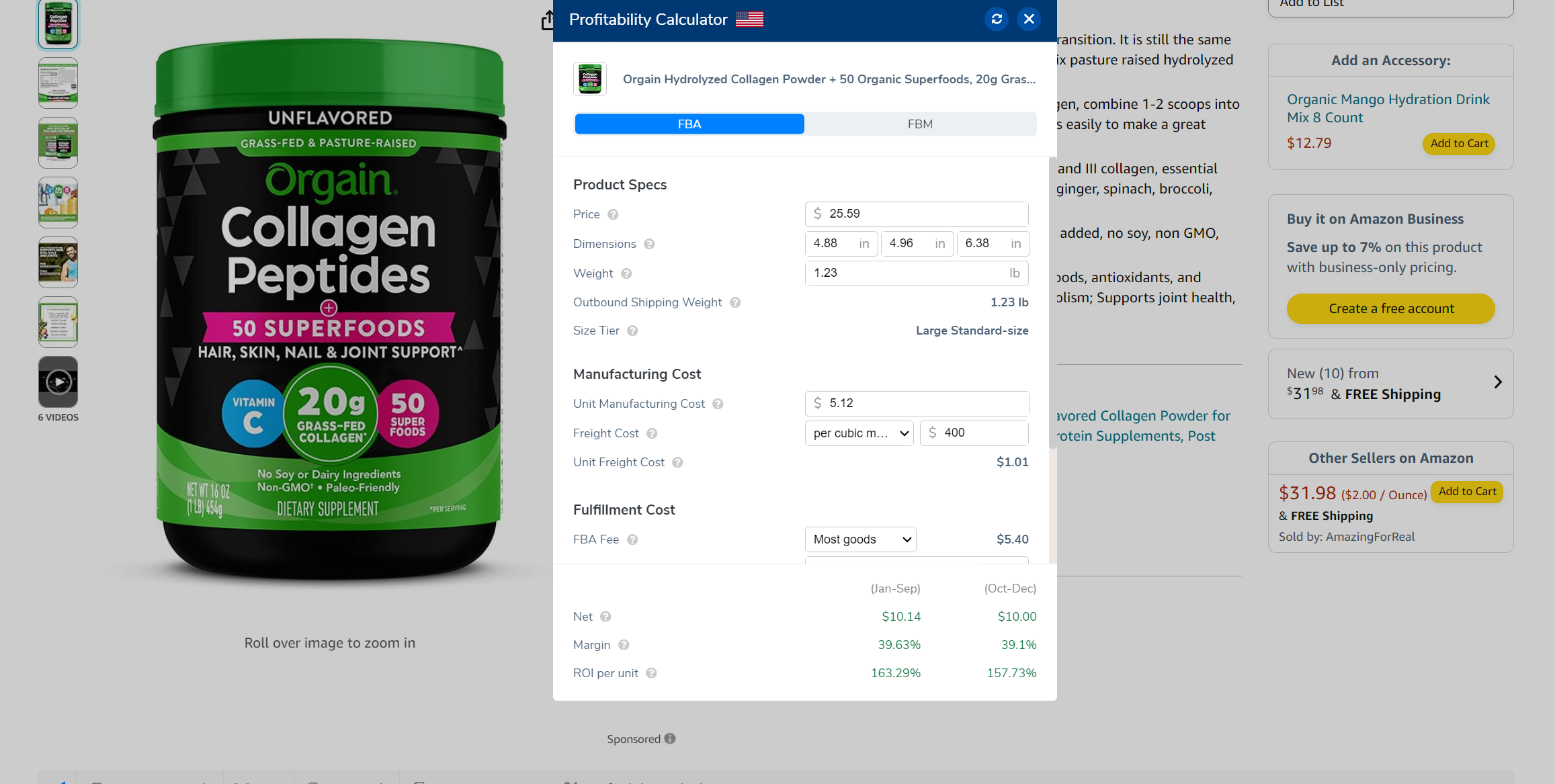
Once suitable products are identified, sellers list them for sale on Amazon, usually by “piggy backing” on already existing listings. Pricing strategies are crucial, and sellers aim to set prices that are competitive yet allow for a profit after accounting for Amazon fees, shipping costs, and the initial purchase price.
Online arbitrage requires vigilance, as prices on Amazon can fluctuate rapidly due to competition and demand. Successful sellers often employ tools and software to monitor price changes and adjust their pricing strategies accordingly. Additionally, maintaining compliance with Amazon’s policies, ensuring product authenticity, and providing excellent customer service are key factors for long-term success in the world of online arbitrage on Amazon.
An important aspect of the online arbitrage business model is being able to find reputable online retailers. You could have the best Amazon account in the world, and have the best listings, but if you are unable to source products from online stores that have profitable deals, then you are dead in the water
What Is the Difference Between Retail Arbitrage and Online Arbitrage?
The key distinction between retail arbitrage and online arbitrage lies in how and where products are sourced. Retail arbitrage involves physically visiting brick-and-mortar stores, such as department stores, discount shops, or clearance outlets, to find products for resale. In contrast, online arbitrage is centered around sourcing products from online marketplaces and e-commerce websites like Amazon, eBay, or Walmart.
Retail arbitrage requires in-person shopping at brick and mortar stores, where resellers search for discounted or clearance items on physical store shelves. It often involves travel to various retail locations to find profitable products. Resellers purchase physical inventory from these stores and are responsible for storing, packing, and shipping the products to customers. This method can be time-consuming due to the physical shopping involved, and resellers must adhere to individual store policies.

On the other hand, a successful online arbitrage business can be conducted from anywhere with internet access, offering unparalleled convenience. Resellers virtually search for profitable deals, discounts, or price discrepancies on websites without the need for physical store visits.
Inventory handling options include using fulfillment services like Amazon FBA, which handles storage and shipping, or fulfilling orders themselves (Fulfilled By Merchant – FBM). Online arbitrage is often more time-efficient and provides resellers with access to a broader product selection. However, they must still adhere to the rules and policies of the online marketplaces where they sell their products.
The Benefits of Online Arbitrage
Online arbitrage, as a retail reselling strategy, offers several benefits, and here are the top five:
- Accessibility and Convenience: Online arbitrage allows individuals to source and resell products from the comfort of their own homes or anywhere with internet access. It eliminates the need for visits to retail stores, long commutes, and other time-consuming aspects of traditional retail arbitrage.
- Scalability: Online arbitrage businesses can be scaled relatively easily. Resellers can reinvest their profits into purchasing more products, exploring new niches, or expanding their presence on various online marketplaces. This scalability potential allows for significant growth.
- Lower Overhead Costs: Operating an online arbitrage business typically involves lower overhead costs compared to brick-and-mortar retail businesses. There are no expenses related to physical storefronts, utilities, or in-store staffing. This cost efficiency can lead to higher profit margins.
- Data-Driven Decision-Making: Online arbitrage lends itself to data-driven decision-making. Resellers can access and analyze sales metrics, pricing trends, and market data to make informed choices about product sourcing, pricing strategies, and inventory management.
- Fulfillment Options: Online arbitrage offers flexibility in terms of order fulfillment. Resellers can choose to leverage services like Amazon FBA (Fulfillment by Amazon), which handles storage, packing, and shipping. Alternatively, they can fulfill orders themselves, providing control over the customer experience.
These benefits make online arbitrage an attractive option for individuals and businesses looking to enter the world of e-commerce and retail reselling. However, it’s essential to approach online arbitrage with a solid understanding of market dynamics, marketplace rules, and effective sourcing and pricing strategies to maximize its advantages.
The Challenges With Online Arbitrage
While online arbitrage offers various advantages, it also comes with its share of challenges and potential pitfalls. Here are the top five challenges associated with online arbitrage:
1. Intense Competition: The online marketplace is highly competitive, with many sellers employing similar arbitrage strategies. Finding profitable products at reasonable prices can become increasingly challenging as more sellers enter the market, leading to lower profit margins. Multiple sellers someetimes source from the same online retailers causing a lot of competition. If you are sharing the buy box with other sellers, you should add your listing to the Helium 10 Insights Dashboard so that you can get notifications if you lose the buy box, or if your competitors lower their selling price.
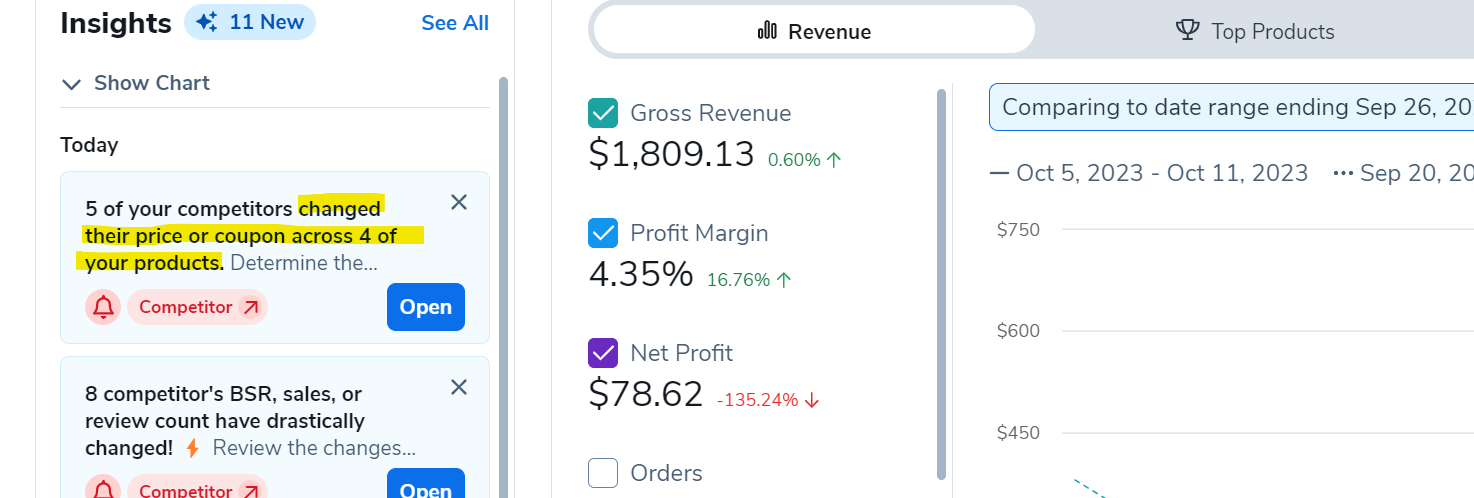
2. Price Fluctuations: Prices on the online marketplace that you are sourcing from can be highly dynamic and subject to frequent changes. Keeping up with these fluctuations from these online stores and adjusting your selling price to remain competitive can be time-consuming and requires constant monitoring. Pricing fluctuations also happen on the retail side, don’t get too excited if you see a very high price for a product on Amazon. Make sure to check that product’s sales history with the free extension Xray, and check the history of the prices there.
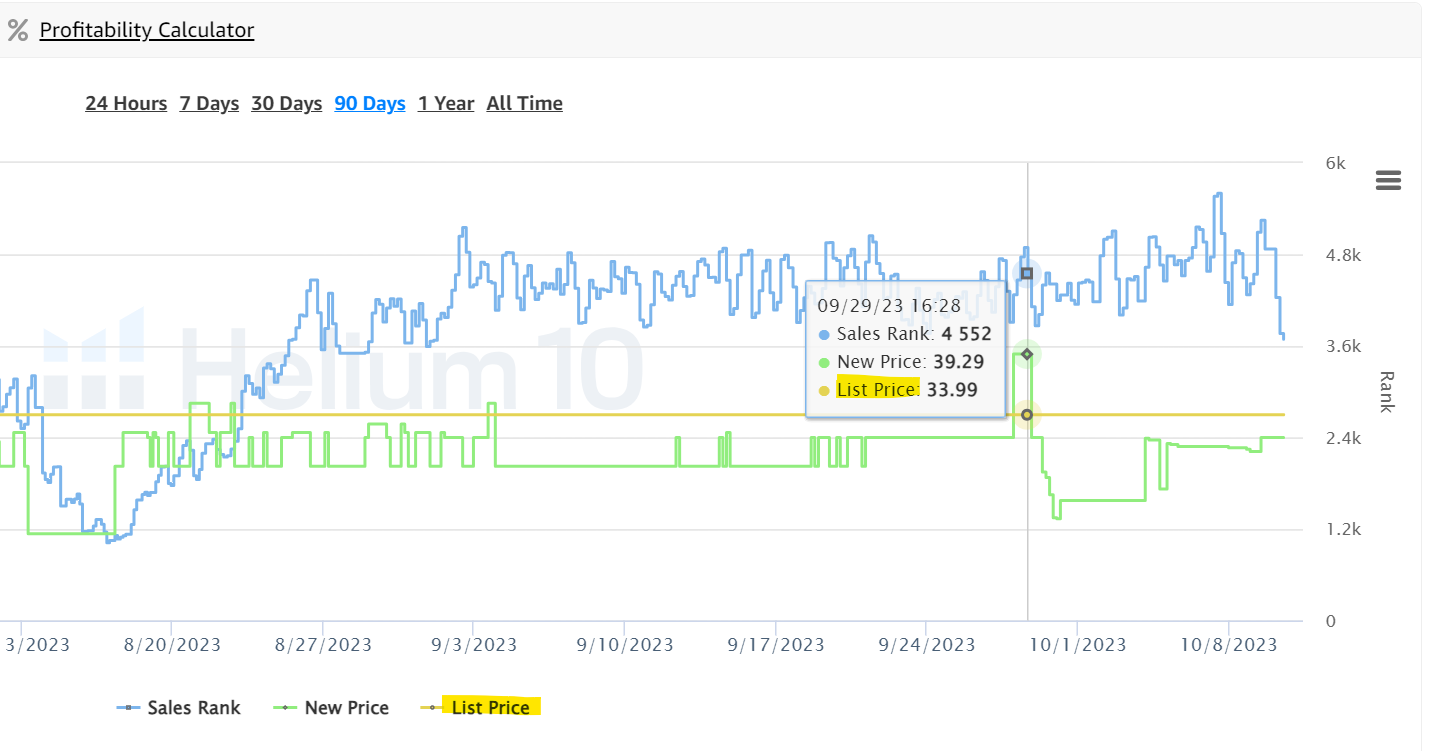
3. Marketplace Rules and Policies: Online arbitrage sellers must adhere to the rules, policies, and guidelines set by the online marketplaces where they operate. Violating these rules can lead to account suspensions or penalties. Staying compliant and up-to-date with changes in marketplace policies can be demanding.
4. Inventory Management: Managing inventory effectively is crucial in online arbitrage. Resellers need to track stock levels, avoid long-term storage fees, and prevent products from becoming unsellable due to changes in market demand or product conditions. To have profitable inventory management, you need to have enough inventory so that you do not run out, but not TOO much that makes you have to pay excess storage charges to Amazon. Forecasting your inventory is critical, and you can tools like Inventory Management to help with that.
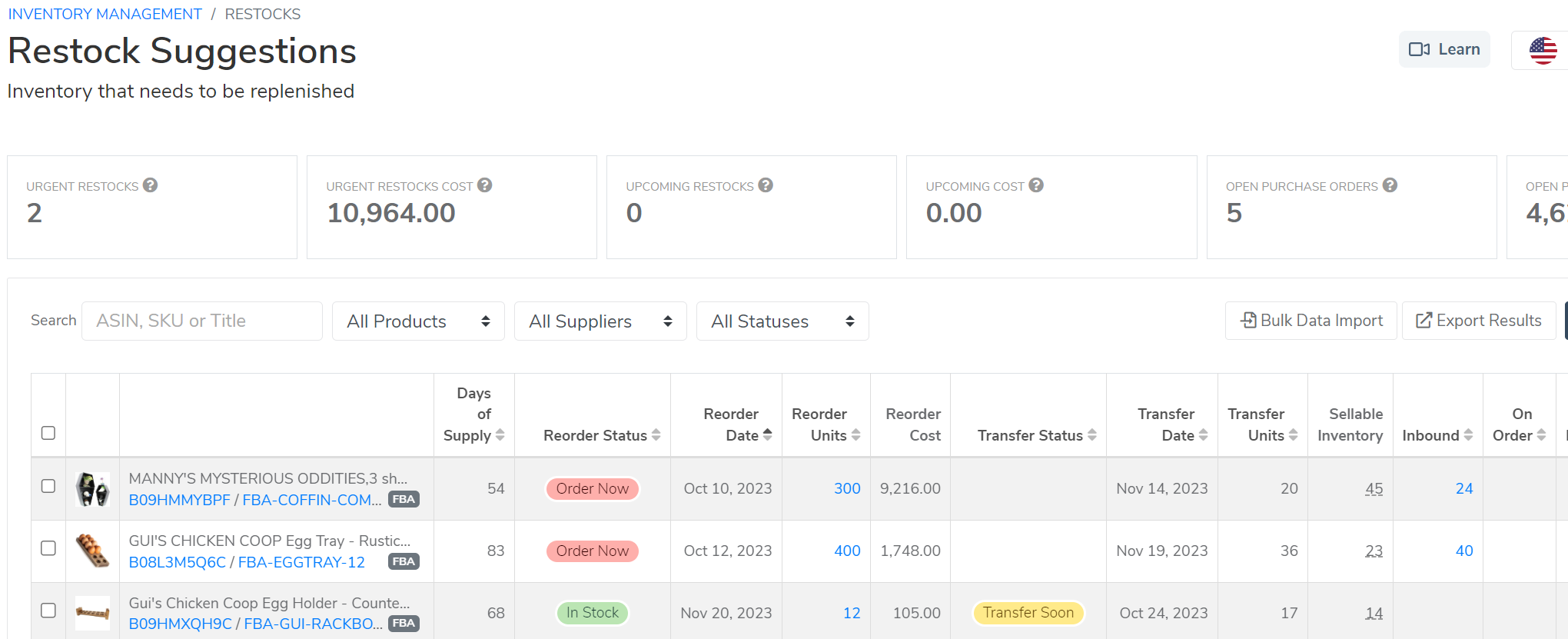
5. Risk of Unsold Inventory: While selling online arbitrage offers the flexibility to scale, it also carries the risk of accumulating unsold inventory. If products don’t sell as expected or market conditions change, resellers may be left with excess stock, tying up capital and storage space.
Other potential challenges in the online arbitrage business model can include dealing with customer returns, handling negative feedback or reviews, dealing with issues with your online retailers, and coping with the possibility of counterfeit or restricted products. Successful online arbitrage requires a combination of effective sourcing, pricing strategies, inventory management, and ongoing adaptation to market conditions.
Keep in mind that even though you are not the manufacturer of your online arbitrage items that you buy and sell, you are the one responsible for the customer to be satisfied. If something arrives damaged, or the customer does not know how to use it, they will be reaching out to you to get help on it, not the online retail stores you used to buy it from, nor the brand manufacturer.
Is Amazon Online Arbitrage Profitable?
Amazon online arbitrage can be profitable, but it hinges on effective sourcing, pricing strategies, market research, and efficient inventory management. The ability to find products with significant price disparities between the source marketplace and Amazon is crucial, as is setting competitive prices that factor in Amazon’s fees and shipping costs.
However, it’s a highly competitive marketplace, and rapid price fluctuations are common. Compliance with Amazon’s rules and policies is essential, and it’s crucial to stay informed about changes in the marketplace. While some sellers have found success, online arbitrage on Amazon comes with challenges such as increased competition, marketplace fees, and the risk of unsold inventory, requiring adaptability and a business-minded approach.
How to Start Doing Online Arbitrage on Amazon
The first thing you should have is an Amazon seller account. While having an individual seller account works for some, we suggest you have a full professional seller account.
1. Find products from other online marketplaces that you can source at a discount
Check websites that you have discounts on, or that you know offer good prices. Its preferable if you have an account with that website that allows you to purchase without sales tax. To do this, you will need to fill out a form with them, and submit a reseller certificate. Its also good to use cash back websites such as Rakuten where you can get additional discounts.
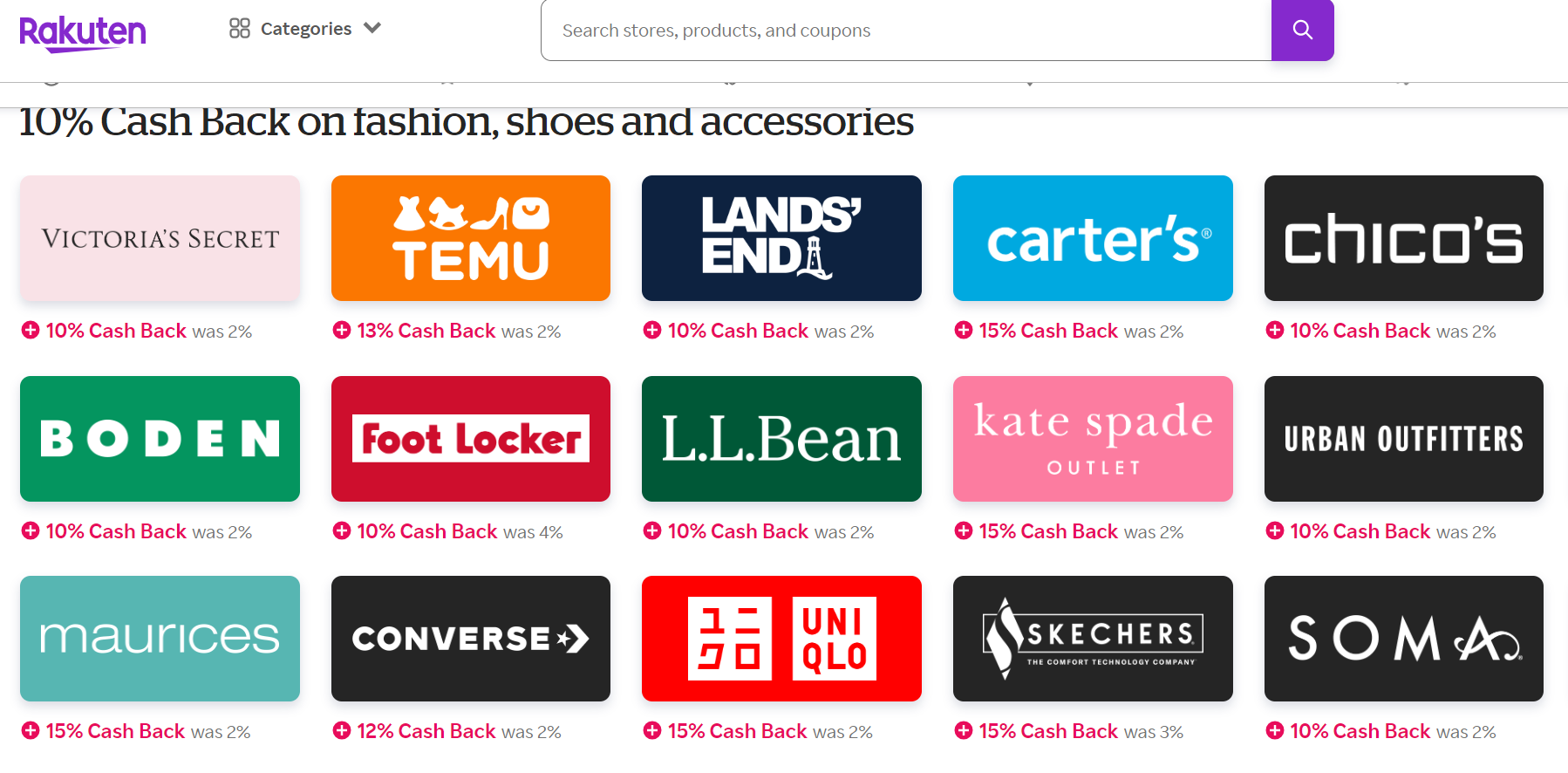
Compare Product Prices on Retail Sites Versus Amazon
Take your price that you can purchase the product at on your online retail store that you found, and make sure to reserach the total price including shipping and taxes to you. Then take that information, enter it into the profitability calculator on the amazon product page, and make which are the profitable products that you would be able to make money on.
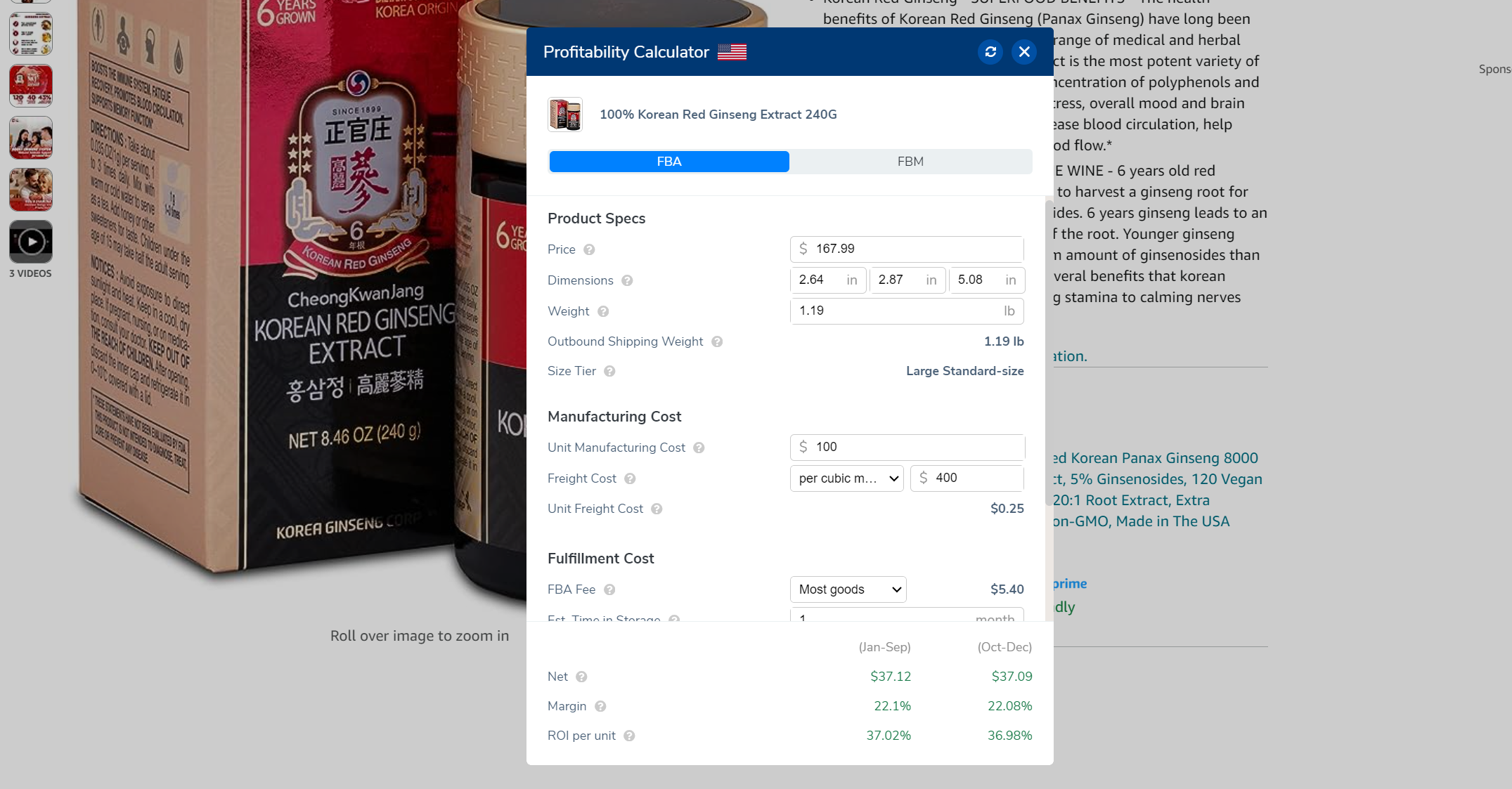
You should make sure that you are able to sell the product on Amazon, and that the listing itself, nor the category is not gated. You can do this by using the “add a product” function in your Amazon seller account, and seeing if it gives you any negative messages about approval.

Check the Product’s Sales Velocity on Amazon
You will not want to list a product that there is no demand for on Amazon. Use Helium 10 Xray in order to check the monthly sales velocity of the product.
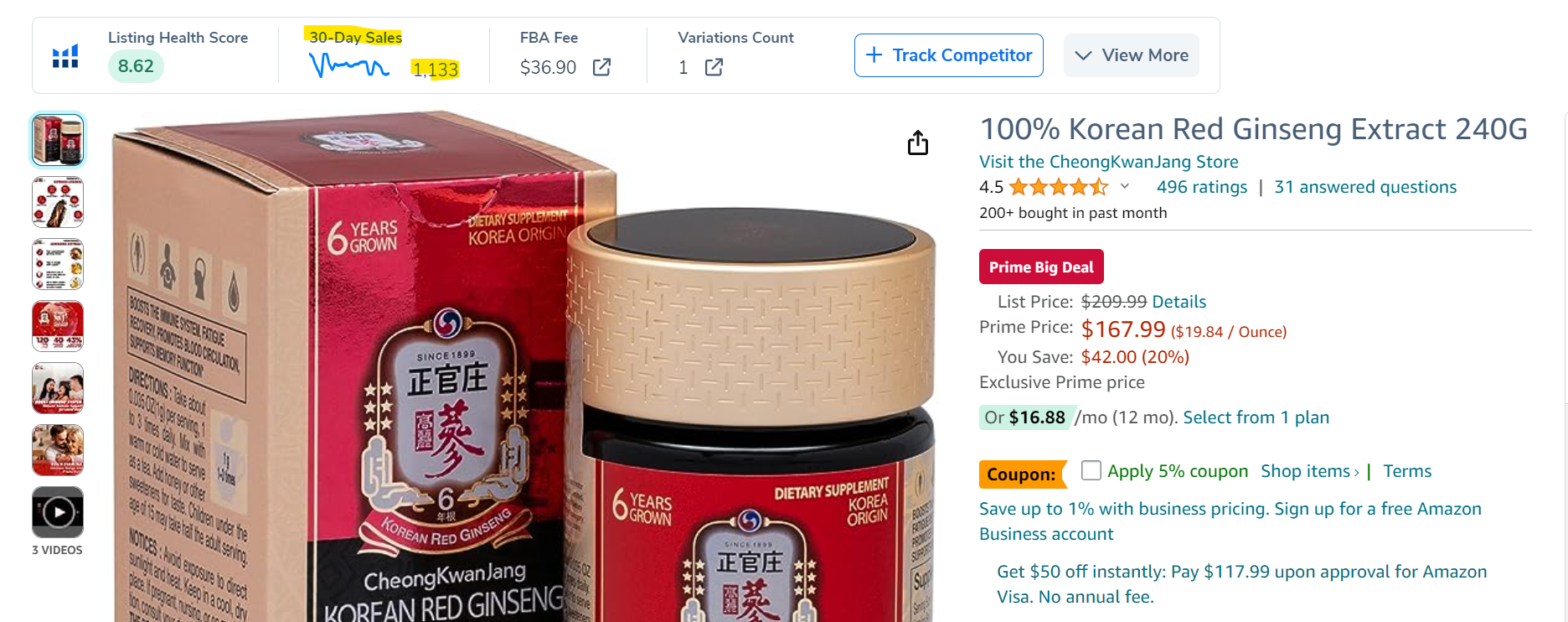
Calculate your potential sales based on the competitors already on the listing
Amazon usually “rotates the buy box” between sellers that are within a few cents of the buy box. Make sure to use the “Sales Estimator” tool, part of the Helium 10 Chrome Extension, in order to estimate how much your piece of the pie might be if you were selling at the same price as your competitors.
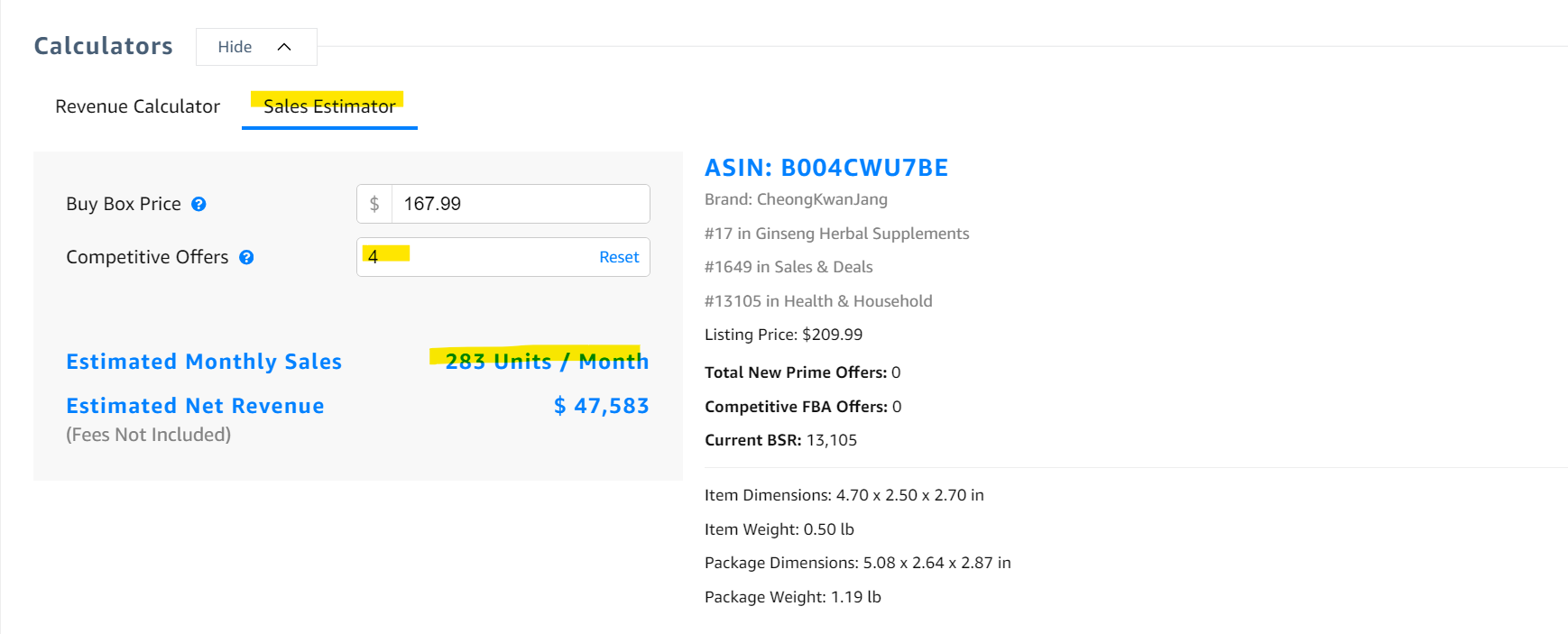
Purchase the products from the online store and send the inventory to Amazon
Purchase the products from the retail store you found, and then, if you choose to utilize FBA, label and ship the inventory to Amazon so that they can fulfill the orders for you. Before you can send inventory to Amazon, you would need to add the ASIN, or listing to your seller central account.
Monitor Your Listings and Adjust Your Strategy As Needed
Make sure that you have Helium 10 Alerts and Inventory Management activated so that you can monitor your inventory level, and critical events that might happen to your listing such as buy box loss, listing supression, etc.
Conclusion
Throughout this exploration, we’ve covered sourcing strategies, pricing dynamics, compliance with marketplace policies, and the critical elements that contribute to success in this ever-evolving landscape. Armed with this knowledge, you are better prepared to embark on your online arbitrage journey, navigate the complexities of the Amazon marketplace, and make informed decisions that can lead to profitable outcomes. As you venture forth, remember that dedication, adaptability, and adherence to ethical and legal standards are the cornerstones of a thriving online arbitrage business on Amazon.
Many sellers prefer the private label model of selling on Amazon, or dropshipping, or other forms. There is no right or wrong answer as far as which business model is best. Make sure to choose the method that works best for you, and we wish you success in your Amazon journey!
Frequently Asked Questions
Achieve More Results in Less Time
Accelerate the Growth of Your Business, Brand or Agency
Maximize your results and drive success faster with Helium 10’s full suite of Amazon and Walmart solutions.

